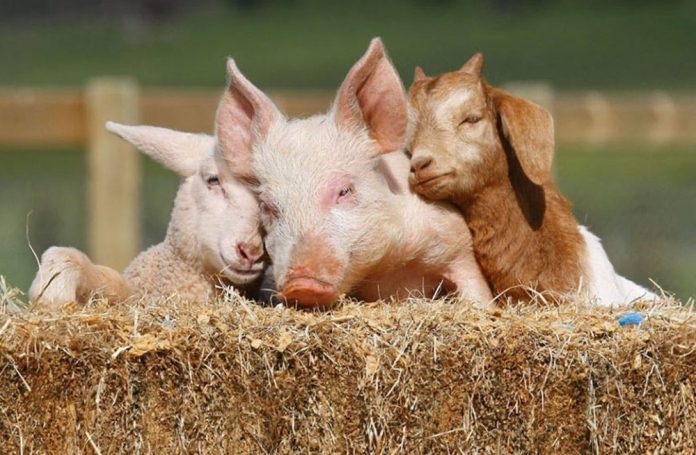A farm sanctuary is a permanent shelter for farmed animals. Farmed animals, as a category, can include cattle, horses, donkeys, hogs, sheep, goats, chickens, turkeys, other poultry, and pigeons.
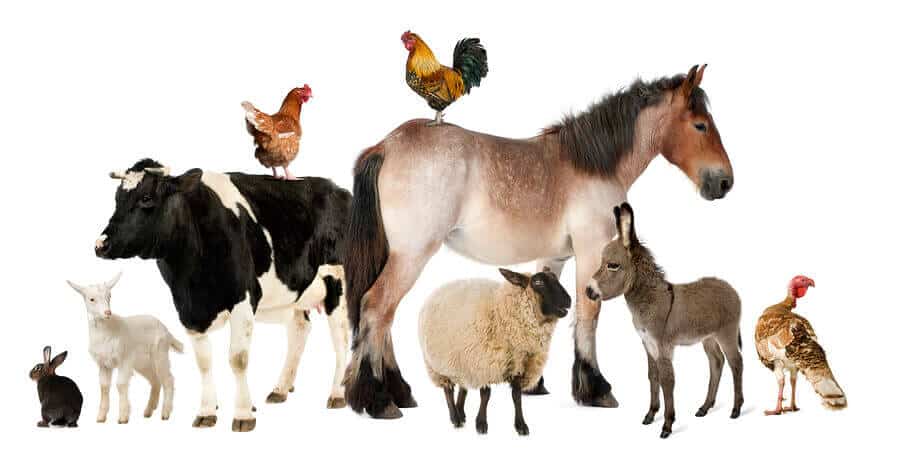
Some farm sanctuaries also take in pot-bellied pigs, dogs, and cats. Generally, dogs and cats are only allowed in small numbers as there are significantly more companion animal shelters then there are shelters for farmed animals.
Mission of a Farm Sanctuary
Many farm sanctuaries consider their principle mission to be the care and safe-keeping of farmed animals who, by various circumstances, have come into their care. The secondary mission is generally to support and educate on animal rights and animal use issues with the eventual goal of lessening or eliminating the use of animals by people.
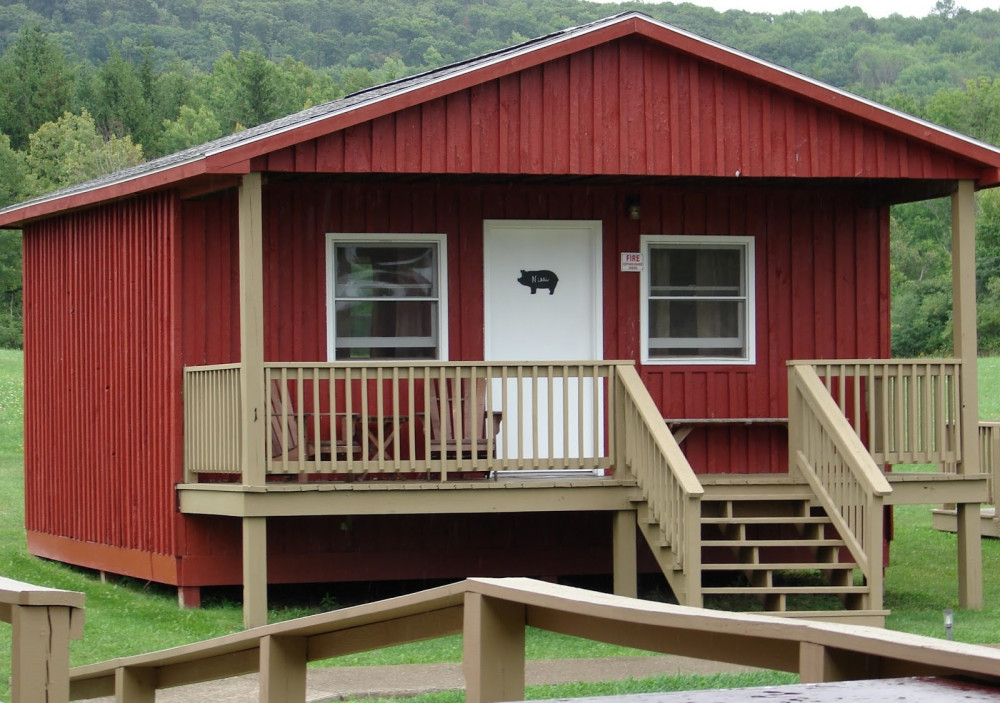
A prominent value is that animals of all kinds are considered individual beings who warrant individual consideration in how their lives occur. The purpose of an animal’s life is generally considered to not be for human use, but to simply live in the manner that befits them; a steer has a right to live with all its instincts and abilities for a natural span of time.
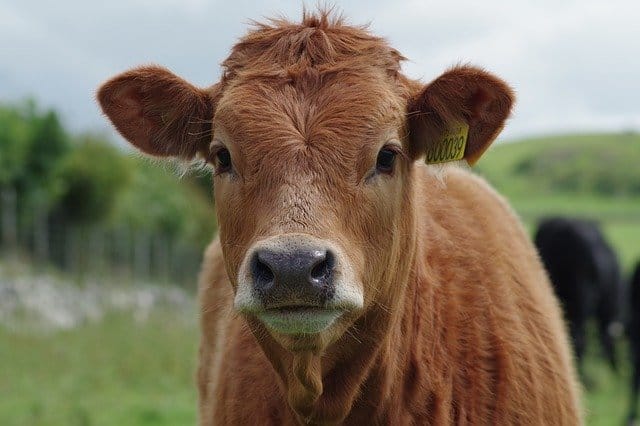
One of the earliest farm sanctuaries in the United States is Farm Sanctuary, which began in 1986 when the founders were at a stockyard and found a dying sheep among the dead animals left there. The sheep was taken in and treated until she recovered fully. The initial impetus for many farm sanctuaries to be founded is the treatment of animals within the farming industry, particularly on “factory farms”.

The term “factory farms” can encompass several types of farm designs, but the basic consideration for a factory farm is one that houses large numbers of animals in a small area designed for optimal production, though not usually optimal animal care. An example of a factory farm would a large egg producer who houses thousands of egg-laying hens in cramped cages, known as battery cages.
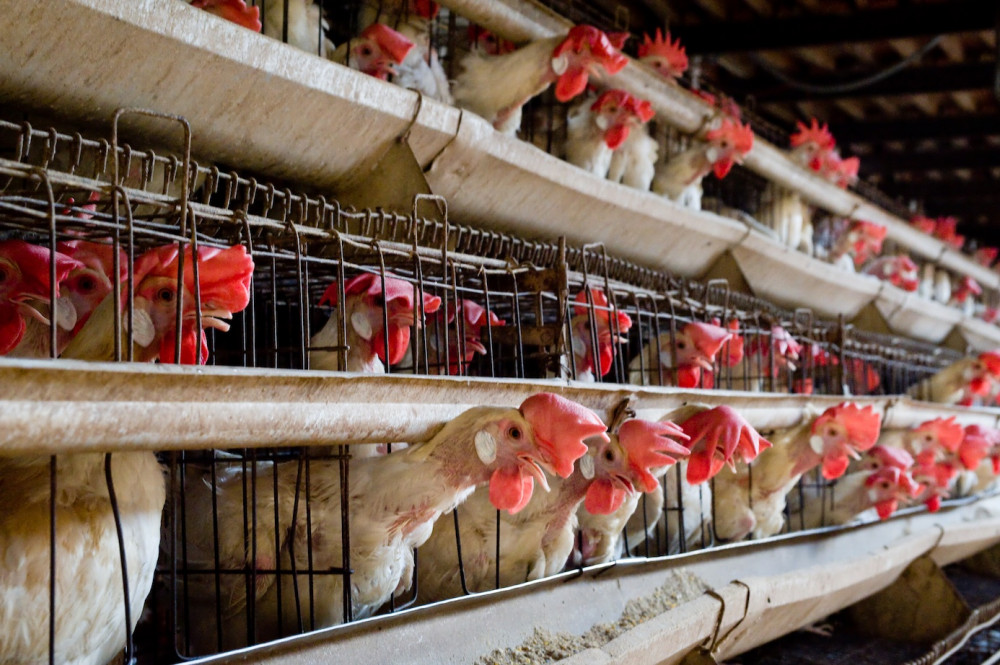
These chickens would not generally see the sunlight or exit their cage until they were “spent”, meaning that they were no longer laying eggs at a rate suitable to the company’s needs. At this time, they would most likely be sent to a slaughterhouse.
The Animals
Many animals that find their way to a farm sanctuary are animals that were discarded at stockyards and auctions because of illness, injury, or weakness. Individuals associated with a sanctuary can often take them for free or very low cost and then provide them veterinary care until they are well enough to live at the sanctuary.

Other animals come from animal control seizures. One farm sanctuary in Michigan, SASHA Farm Sanctuary, has many goats and sheep that were seized by the Detroit Humane Society. In this case, these animals were intended to be “bait” for pit-bulls being trained to fight.
A substantial number of chickens at several sanctuaries have come from local animal control seizing them due to violations of city ordinances concerning backyard egg-laying hens. Animals that are part of transport accidents or natural disasters also find their way to farm sanctuaries.
Educational Outreach
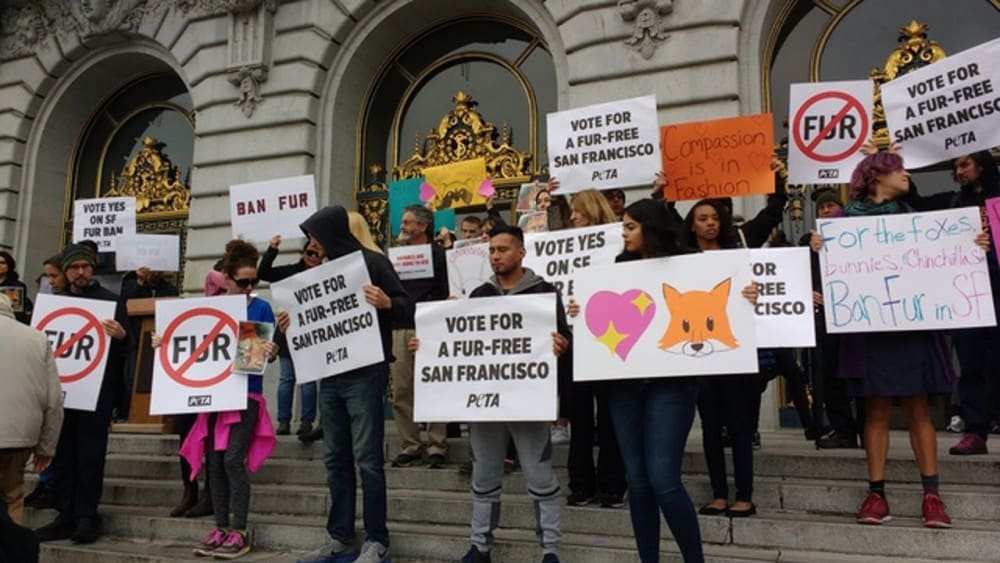
The goal of promoting animal rights support and education is the foundation of the hope that, with fewer animals being used by people, there will be less of a need for rescue and less suffering for those that cannot be rescued. Many people who work or volunteer at farm sanctuaries support and live a vegetarian or vegan lifestyle.
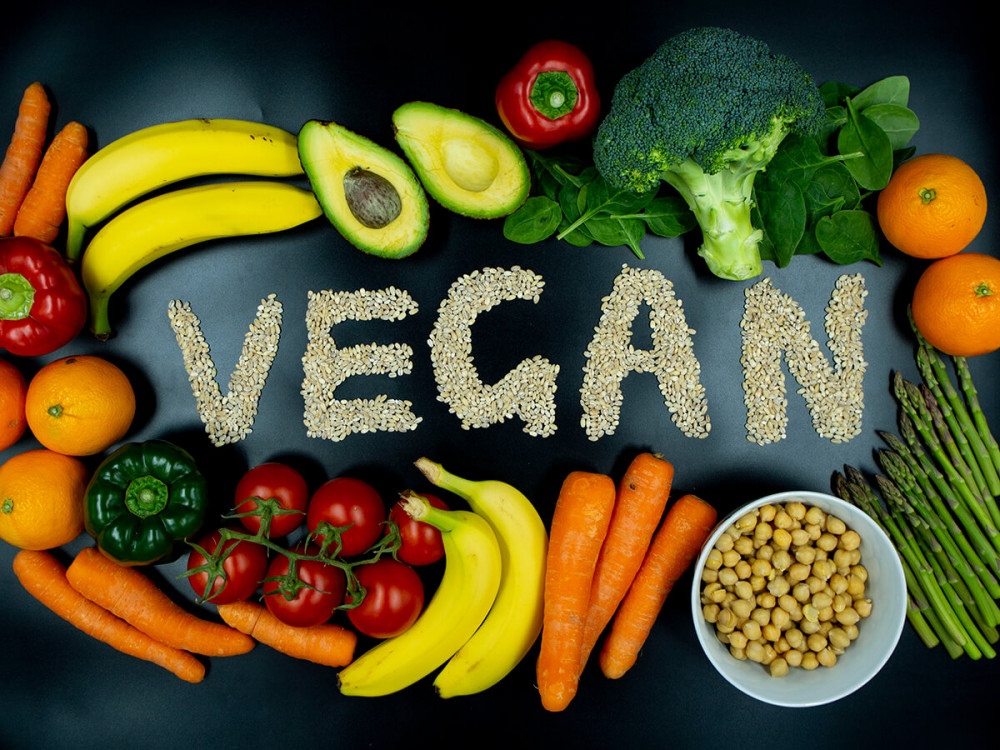
There is also a movement to work through legislation to better the current treatment of animals. Educational outreach is also an important part of farm sanctuary support, and campaigns concerning human health, environmental concerns, and the use of animals outside the farm industry are generally prominent within farm sanctuary outreach, thought it varies by individual sanctuary. In short, a farm sanctuary serves to protect the animals of the present while also trying to protect those of the future as well.


